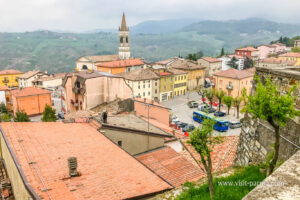Today is a year since I was notified my Italian citizenship application went through. I posted that it happened, but gave very little further detail. As it was a huge life moment, it’s beyond time I posted about how I became recognized Italian Citizen (and how potentially you could be too!).
I think perhaps the best way to start would be to go back to the beginning. It was 2010, I had just come back from studying in London, and was desperate to get back to Europe. It was my first time out of the country, and I had loved London, and my visits to France and Spain.
I did some research and quickly discovered I didn’t qualify for Irish citizenship, as my great grandmother was born there and it only allows you to go back to grandparent. (My mom, however, did qualify, and she’s in the process of applying as well!)
Then I looked into Italian citizenship jure sanguinis (by blood) and lo and behold – there was no generational limit! There were some other requirements though—my qualifying ancestor couldn’t have renounced his Italian citizenship (aka become American) before the next person in my lineage was born—otherwise he wouldn’t have had the citizenship to pass down to his child, my great grandfather. Yes, that’s right—I qualify because my great-great grandparents were born in Italy. It’s a tenuous claim, but a legal one nonetheless. Other sexist technicalities include a woman not being able to pass on citizenship prior to 1948, however this is never upheld in court, so if you fight that you’ll win.
My first step was getting my great great-grandfather’s immigration paperwork from USCIS/NARA. It took quite a while to come, and wasn’t cheap, but when it finally arrived I had confirmation that I qualified for citizenship—Giovanni (my great great grandfather) declared his intent to naturalize in his 70s, but died before he could ever finish the process. Either way, my great grandfather was born well before the declaration of intent, and therefore the citizenship was passed, unbeknownst to us, “by blood” right down to me, born almost 150 years later.
Another requirement to note that is your ancestor must have been born after Italy became a country, which didn’t happen until 1861. My great-great grandfather came a bit close to this date, but was born in 1866. Lucky me! I’m the first generation that can really go back so many generations—my parents’ great-great-grandparents were all born before Italy existed—which I think confused the man who runs the Italian consulate in Boston. The first time I called, he told me I didn’t qualify and couldn’t go that far back.
After getting the naturalization paperwork and confirming I was eligible, I began collecting documents. Exactly what you need varies from consulate to consulate, but I applied in LA and needed:
- My great, great grandfather’s birth certificate – from Italy
- My great, great grandmother’s birth certificate – from Italy
- My great, great grandparents’ marriage certificate – from Italy
- My great, great grandfather’s death certificate – from MA
- My great, great grandmother’s death certificate – from MA
- My great grandfather’s birth certificate – from MA
- My great grandmother’s birth certificate – from MA
- My great grandparents’ marriage certificate – from MA
- My great grandfather’s death certificate – from MA
- My great grandmother’s death certificate – from MA
- My grandfather’s birth certificate – from MA
- My grandmother’s birth certificate – from MA
- My grandparents’ marriage certificate – from MA
- My grandfather’s death certificate – from MA
- My father’s birth certificate – from MA
- My mother’s birth certificate – from MA
- My parent’s marriage certificate – from MA
- My birth certificate – from MA
After collecting everything, I needed to get all the certificates not from Italy Apostilled and translated into Italian. Not exactly cheap!
At my appointment with the LA consulate in December of 2014, I was accepted, paid my fee, and was told to expect to hear back five months later, in May of 2015.
Many, many months passed, and finally I heard back in May of 2016 that I was retroactively rejected. To be honest, I wasn’t completely surprised—I had a lot of errors in my application. My great grandfather was called Secondino Negrotti, Secondo Negrotti, and Andrew Negrotti on different documents. My great, great grandfather went by Giovanni, Joseph, and John. Dates didn’t match, spellings changed. But, I had expected to be denied back in 2014, meaning I could begin working on corrections. Instead two years went by and suddenly I was back at square one. Only worse, because I was halfway through year two of a long distance relationship and beyond ready to move to Europe.
I hired a lawyer to make the changes. The case was rejected, my lawyer took a few months off from responding to my emails, and finally on Christmas day 2016, I heard she’d gone back to court and had success! I had the changes I needed and a much stronger case. I sent the court order to the LA consulate and on March 21st at around 3:00 am Spain time, I saw an email with the subject: ITALIAN CITIZENSHIP.
It had happened!
 For anyone who is also thinking about applying for recognition of their Italian Citizenship, please see my tips and advice below.
For anyone who is also thinking about applying for recognition of their Italian Citizenship, please see my tips and advice below.
- As soon as you decide to start the process, step number one should be making the appointment at the consulate. These appointments are a year+ out at nearly every consulate, and it would be incredibly rare for it to take more than a year to gather everything (unless you need to make amendments, which can take a while).
- The next step should be getting the naturalization paperwork, as this can take a few months. I ordered through both NARA and USCIS, as I wasn’t sure exactly how it worked, and they both sent me copies of the same documents, however NARA was much faster and the copies were much, much clearer. So in my experience, they are the better option.
- At the same time, you should reach out to to your ancestors’ comune in Italy. There is a template you can use on the Facebook page, in case you don’t speak any Italian. I used that and google translate, and had a fantastic time with my comune. They sent me multiple copies of everything after I had some paperwork accidentally destroyed, each time for free.
- A huge and costly mistake I made was getting all my vital records from city hall in my hometown. These versions aren’t accepted–they need to come from the state records (most people use Vitalchek to order them, but it’s quite expensive).
- You can only have records Apostilled in the states they are from, another mistake I made. Give this a few weeks, as if you’re mailing it in it can take quite a while.
- Make sure you use a translator that is approved by your consulate.
- For more information about how to obtain Italian citizenship, go to your local consulate’s website. Additionally, there is a Facebook group which is an amazing resource—I don’t know how anyone could DIY it without them.
Please note that this was just my experience from the requirements in LA. In 2015 they made me produce all my non-linear records, which weren’t required in 2014, though they didn’t need to be translated or Apostilled and could come from city hall. But requirements vary massively from consulate to consulate, and can change from one month to another.
All in it cost me about $ 3,000 — the application fee is 300 euros, the documents and Apostilles were about $700, and the legal fees were about $2,000. If your case is easy, with few documents and no errors, it could come to much less. If you apply within Italy using a service, it’ll be at least 1,000 more. Though at the time spending the money was incredibly stressful and felt quite risky, looking back I feel confident saying it was the best $3,000 I’ve ever spent in my life!

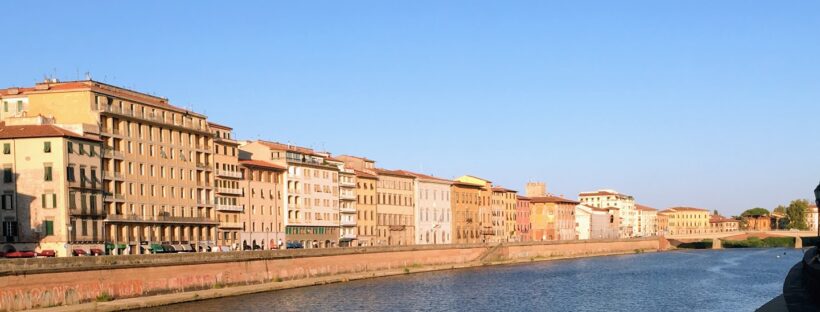

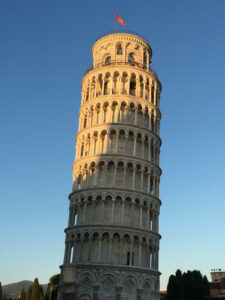
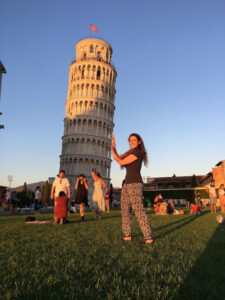
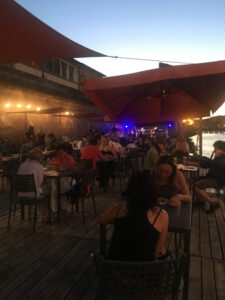
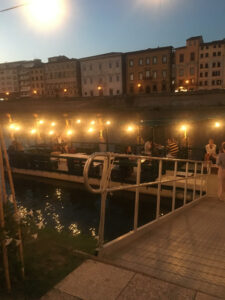
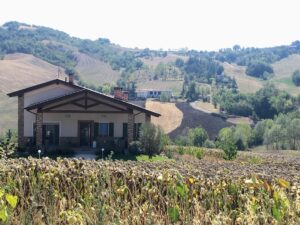
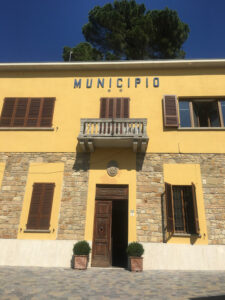
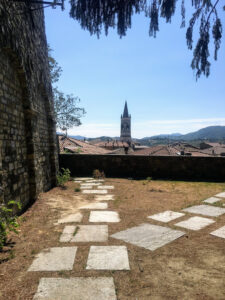
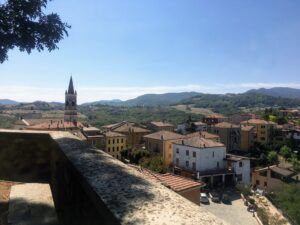
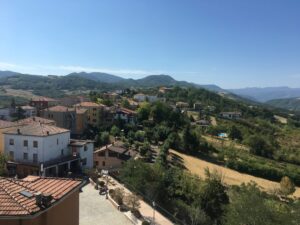
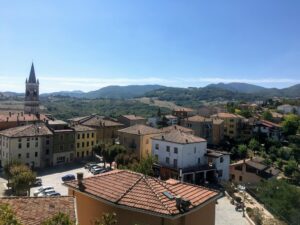
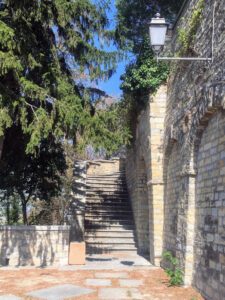 I was eager to drop the car off because that night started the second part of my trip—Cinque Terre!
I was eager to drop the car off because that night started the second part of my trip—Cinque Terre!